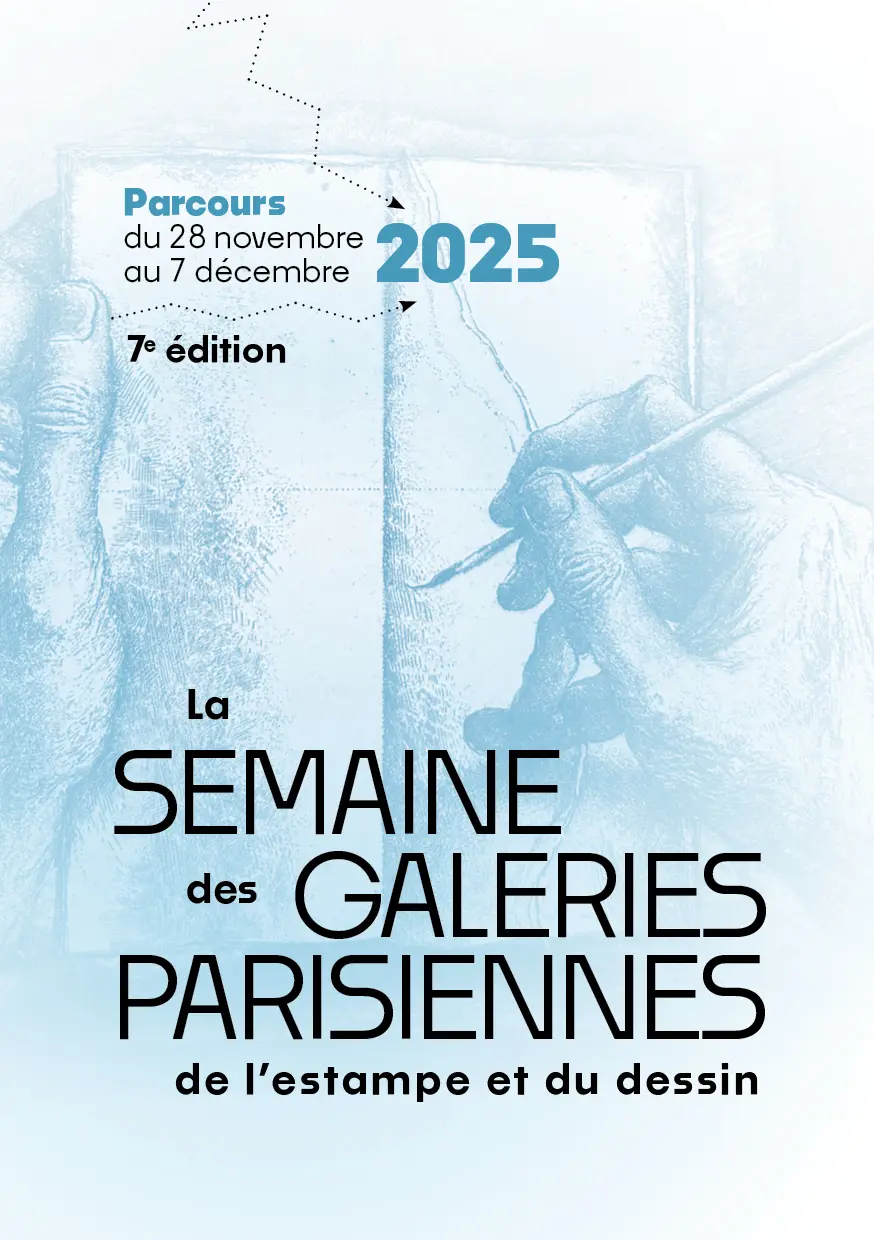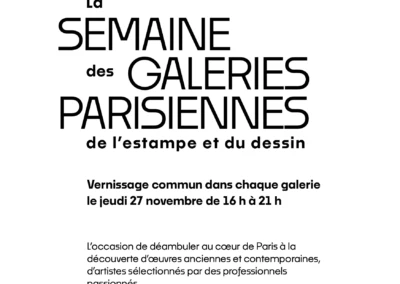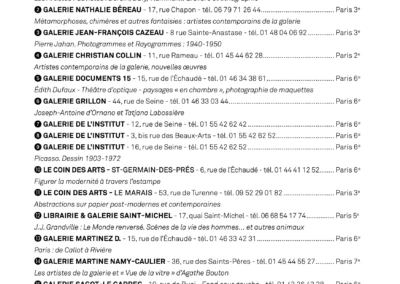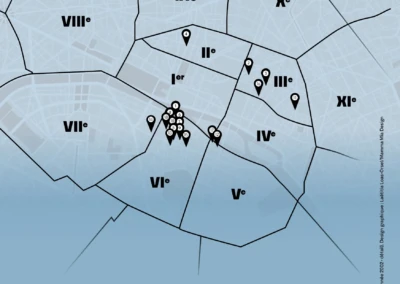Semaine des galeries parisiennes de l’estampe et du dessin.

Du 28 novembre au 7 décembre, l’exposition s’inscrit dans le parcours de
La Semaine des galeries parisiennes de l’estampe et du dessin.
Nous vous invitons à y découvrir plus de soixante ans de création graphique, révélant la virtuosité du trait et l’inventivité constante de Pablo Picasso.
Le parcours chronologique se déploie dans les deux espaces de la
Gallery of the Institute
situés dans le VIe arrondissement de Paris :
3bis rue des Beaux-Arts
16 rue de Seine, où Jacqueline est présentée en majesté,
et 12 rue de Seine, une sélection d’estampes offre un autre aperçu sur l’œuvre
graphique de Picasso.
Horaires d’ouverture :
Du lundi au samedi : 10h – 13h et 14h30 – 18h30
(18h le samedi)

Still life with lamp, linocut, 1962
©Successìon Picasso, Paris 2025
Our other articles
Subscribe to our news
To receive invitations to our openings





